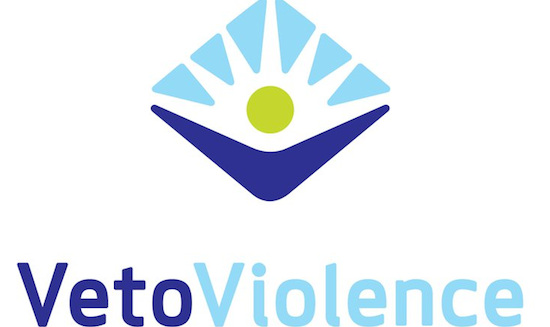How Parents Can Work to Prevent Bullying and Violence at Schools
September 19, 2011
Parents, teachers, and administrators expect schools to be safe havens of learning. Acts of violence and bullying can disrupt the learning process and have a negative effect on students, the school itself, and the broader community.
While our schools remain relatively safe, many children may encounter some type of violence during the school day, or on their way to or from class. It may be in the form of bullying, fighting, electronic aggression, or involve weapons or gang violence. In addition, they may experience violence in their dating relationships or violence at home, the signs of which may manifest at school.
I recently had the chance to speak with with the Centers for Disease Control and Prevention (CDC) regarding bullying, and some of the initiatives they are working on, in the hopes of raising awareness among adults and parents. Our goal is to recognize the types of violence children may experience and pledge to stop it.
CDC’s role in bullying prevention is to take a public health approach, really looking at the public health issues and how can they can address them. This is true for everything from influenza to violence. In fact, youth violence is the second leading cause of death for young people between the ages of 10 and 24.
“We really focus on prevention and how can we look at the places where violence is happening (schools, communities, and homes) and how can we make those settings safe,” says Greta Massetti, PhD, lead behavioral scientist in the Division of Violence Prevention, located in CDC’s Injury Center.
“Bullying is considered a less-serious form of violence, but there are very serious health consequences for that type of behavior – both for the bully and the victim. It can result in physical problems, but also social and emotional distress that can result in long-term consequences for kids’ health and development over time.”
CDC looks at who is most at risk for bullying, and how to provide support to families, schools, and communities to prevent bullying from happening. They have a number of different programs, including research and putting that to use in the communities. Projects include putting together a universal definition for “bullying” to help address the nature of the problem, creating a compendium of measurement tools, working with homophobic bullying in the middle school years, and the STRYVE website, which provides communities with the knowledge and resources to be successful in preventing youth violence. .
Parents can get involved to prevent bullying by working with their children’s schools to see what they are doing to prevent bullying and support those initiatives. The CDC suggests that every school create an Anti-Bullying policy and then enforces those policies consistently.
“Make sure you communicate with your kids,” Greta encourages. “Just because your kids aren’t coming home complaining about bullying, or seeing bullying, doesn’t mean it’s not happening.”






